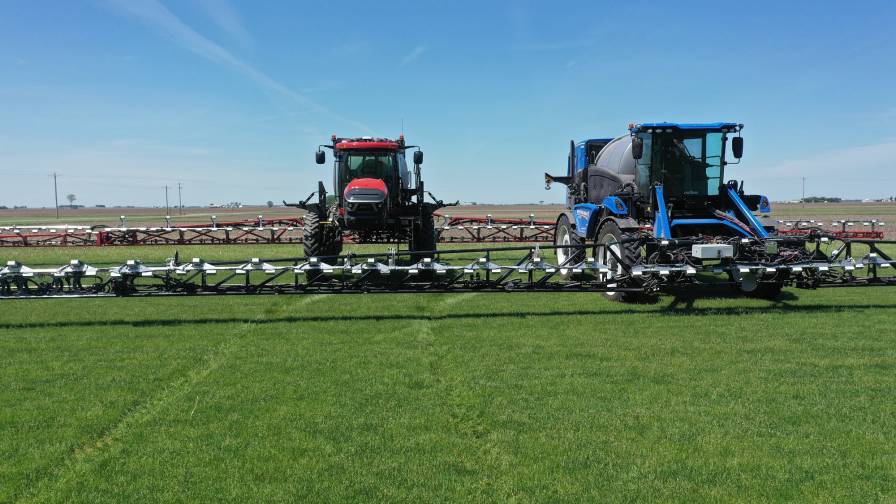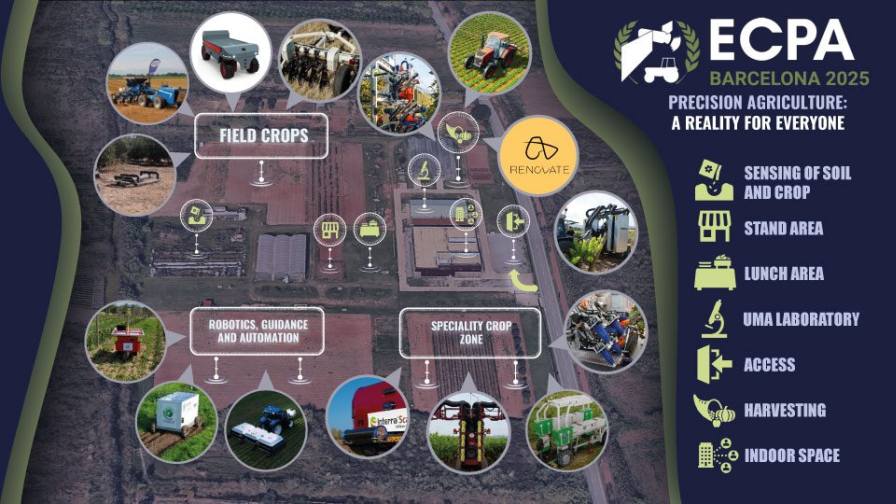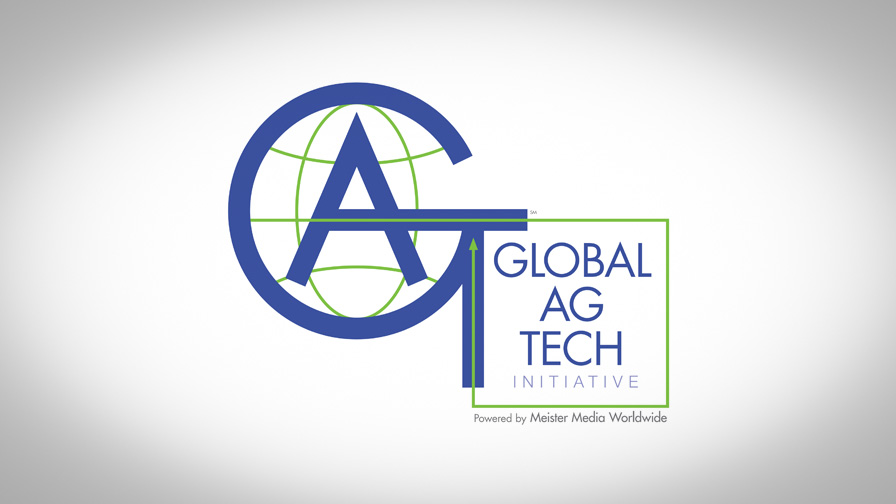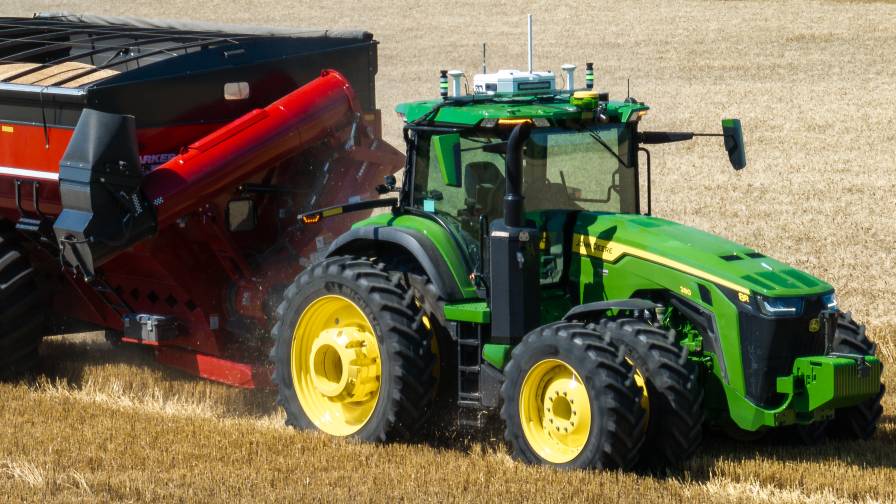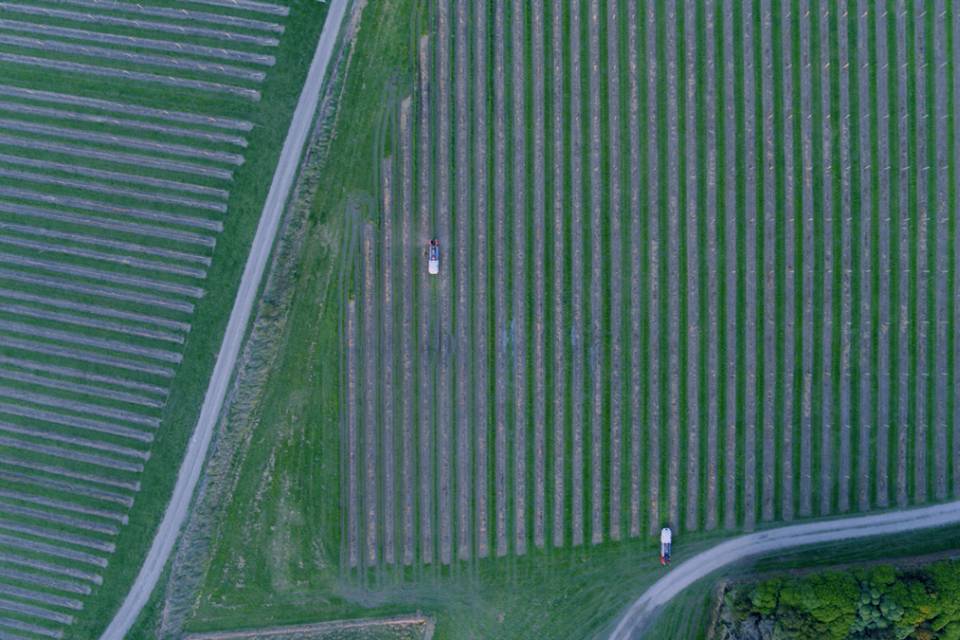Smart Methods for Securing Sources of Clean Water in Sustainable Food Production
If current projections are any indication, global demand for clean water will outstrip supply in the coming years. Smart technologies will be vital to safeguarding supplies since traditional sources are increasingly threatened by contamination, climate change, and terrorist risks. In the face of dwindling freshwater resources, these integrations are also essential to heralding an era of sustainable food production.
Challenges Around Securing Water Sources
In 2020, the Stockholm International Water Institute listed the world’s top five risks, all related to water. Extreme weather events, major natural disasters, biodiversity loss, climate change, and human-made environmental damage all dramatically affect the viability of water supply.
Agriculture is one of the industries most affected by the ongoing crisis, accounting for a whopping 70% of all freshwater worldwide. In recent years, pollution and contamination have emerged as a huge cause of concern. Industrial discharge, agricultural runoff containing harmful pesticides and untreated sewage make the meager amount of water available unusable. These contaminants also impact aquatic life and disrupt entire ecosystems.
Another massive challenge is the increasing instances of theft. Thieves have stolen at least 1.8 billion gallons of water in California since 2013, impacting the state’s food production and drinking supply. In addition to exacerbating scarcity, these thefts undermine efforts to manage resources sustainably.
MORE BY ELLIE GABEL
The Future of Precision Irrigation: 4 Technologies Making Watering Systems More Efficient
Smart Technologies for Safeguarding Water Supply
Against the backdrop of evolving water security challenges, these advanced technological systems hold the key to a more reliable and resilient supply.
Bacterial Risk Controlling System (BARCS)
BARCS is an intelligent early warning system designed to minimize risks from bacteria and disinfection byproduct pollutants in public water distribution. The technology leverages AI-driven insights to identify risks and automate responses through chlorine concentration adjustments. It sends an alert if contaminants in the reservoirs hit predefined thresholds, allowing technicians to safeguard the supply proactively.
Field testing on water treatment plants in South China has been largely successful, showing great promise for meeting water safety standards in future smart cities.
Smart Water Infrastructure
Internet of Things (IoT) sensors and other interconnected devices are critical to securing water sources. The sensors monitor system performance and provide real-time data regarding essential factors such as water usage, pressure levels, and flow rates. Sudden changes in these parameters may indicate a safety issue.
Machine learning algorithms process these updates to detect early signs of water contamination or potential leakages. Advanced automation technologies can also eliminate human errors, which account for 80%-85% of faulty water testing results in industrial applications.
Drone-Powered Reservoir Management
Unmanned aerial vehicles are revolutionizing water security management. In 2021, Singapore unveiled a bold plan to utilize Beyond Visual Line of Sight drones to monitor six of its 17 reservoirs. These drones were equipped with remote-sensing technology to increase the monitoring speed for algae contamination and maintain water quality.
Live video surveillance from the drones would also capture illicit activities in and around water sources and issue near-instant alerts. Additionally, the use of this technology greatly improved efficiency, saving around 5,000 man-hours on manual tasks.
IoT-Enabled Rainwater Harvesting
Intelligent technology advancements have led to the proliferation of fully automated rainwater harvesting systems. This solution places the burden of safeguarding the water supply firmly in the hands of end users like farmers and household residents.
According to the study behind the idea, the proposed system would have a smart monitoring device to measure the level of rainwater collected and the optimal flow rate. An advanced filtration system would also remove debris and impurities from the water before storage. To round things off, an automated control system would optimize operations based on weather patterns and usage data.
Technology for Combating Water Scarcity
Smart solutions address water scarcity issues across various industries. In agriculture, interconnected IoT sensors can facilitate the wider adoption of smart irrigation systems that monitor soil moisture content and deliver the precise amount of water required for healthy plant growth.
Saltwater desalination is another application. Oceans hold about 97% of the Earth’s water supply, making them a practical solution for tackling shortages. Smart technologies can manage seawater desalination and automate adjustments based on a wide range of sensor data.
Smart Systems for a Resilient Water Future
The safety and security of this precious resource have become paramount across just about every facet of everyday life. Integrating smart innovations and forward-thinking solutions will be essential to achieving these goals. These systems will also be vital to tackling global water scarcity and ensuring a more sustainable future.





